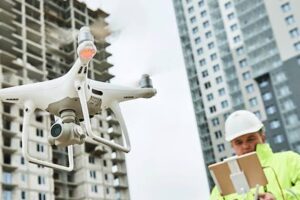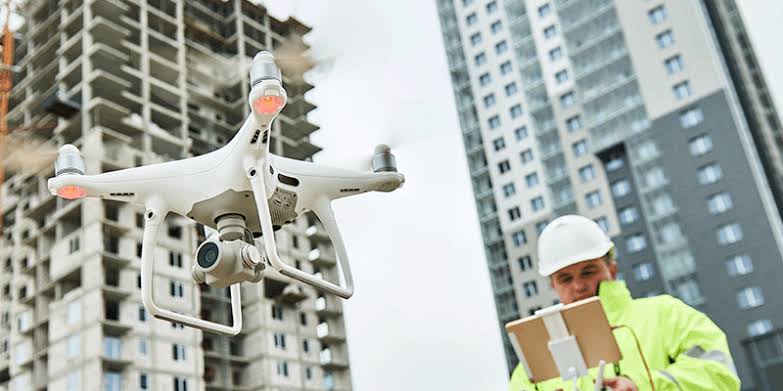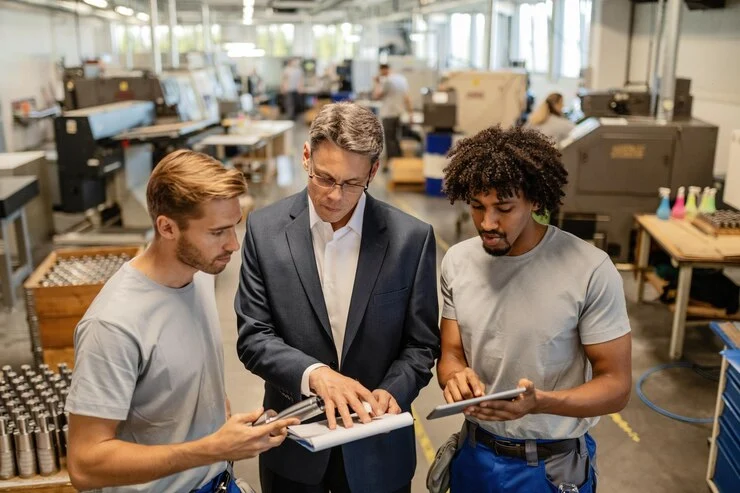In the ever-evolving international production, era performs a pivotal position in shaping how we design, build, and manipulate systems. Modern building strategies, driven by technological advances, offer unprecedented degrees of performance, sustainability, and precision. This weblog explores the modern-day improvements reworking the construction industry nowadays.
Smart Building Technologies
The advent of smart construction technologies has revolutionized the manner buildings are controlled. For Construction Management Companies, Building Management Systems (BMS) integrate automated controls for diverse systems within a building, such as lights, heating, and cooling. These systems not only decorate consolation but also optimize energy intake, main to vast fee savings.
The Internet of Things (IoT) and sensors have in addition improved building management with the aid of supplying actual-time information on the whole thing from temperature and humidity to occupancy tiers. This statistics allow for extra specific management of constructing structures and allows in predicting preservation desires before troubles get up. For instance, a smart HVAC gadget can modify temperature settings based on occupancy, lowering electricity waste and enhancing usual performance.
Three-D Printing in Construction
3-D printing technology has had a great effect on the construction industry with the aid of allowing the introduction of components with unprecedented pace and customization. This era permits the appropriate layering of materials to provide complex and bespoke structures that were formerly difficult to achieve.
The blessings of three-D printing increase beyond velocity and customization. It additionally reduces fabric waste and lowers production costs. For example, a 3D-revealed domestic can be completed in a fraction of the time required for conventional creation methods. Several a-hit projects, together with low-priced housing and modern architectural designs, highlight the transformative capability of 3-D printing in creation.
Building Information Modeling (BIM)
Building Information Modeling (BIM) represents an extensive advancement in production venture control. BIM is a virtual illustration of a building’s bodily and purposeful characteristics. It serves as a comprehensive resource for data approximately a challenge, from initial layout through construction and protection.
The benefits of BIM are manifold. It enhances collaboration among architects, engineers, and contractors using providing a shared platform for undertaking records. This integration minimizes errors and improves accuracy, main to more green mission control and decreased charges. BIM additionally allows for better visualization and simulation of building designs, facilitating knowledgeable decision-making all through the assignment lifecycle.
Advanced Materials and Techniques
Innovation in the creation of materials and strategies maintains to push the limits of what is viable. Sustainable materials, which include recycled products and green composites, are an increasing number of getting used to reduce the environmental effect of creation. For instance, the usage of Galvanized Steel Sheets in structural applications offers both sturdiness and resistance to corrosion, contributing to longer-lasting buildings.
Prefabrication and modular creation have also won prominence, presenting quicker construct instances and decreased on-web page waste. These strategies involve assembling components or complete sections of a constructed off-web page, which are then transported and assembled at the construction website online. This technique now not only hastens construction but additionally complements first-rate control and decreases disruptions.
High-overall performance insulation materials are some other technological developments, that enhance electricity performance and indoor consolation. Advanced insulation answers, such as aerogel and phase-alternate materials, offer advanced thermal performance, supporting buildings to keep constant temperatures and decreasing power intake.
Robotics and Automation
Robotics and automation are remodeling production approaches, improving precision and safety. Construction robots, such as the ones used for bricklaying or concrete pouring, automate repetitive tasks, increasing productivity and reducing exertion costs. Automated equipment and drones are also used for surveying, inspection, and site evaluation, imparting correct facts and reducing the want for guide inspections.
The destiny of robotics in creation seems promising, with ongoing advancements expected to, in addition, beautify skills and integration. The capability for accelerated automation in creation procedures will likely lead to extra efficient undertaking execution and improved safety requirements.
Virtual and Augmented Reality
Virtual Reality (VR) and Augmented Reality (AR) are effective gear in present-day building design and production. VR allows designers and customers to immerse themselves in a virtual model of a construction, imparting a practical preview of the completed assignment. This generation complements layout accuracy and enables better patron verbal exchange by imparting a more tangible representation of the result.
AR, then again, overlays virtual facts onto the physical environment, supporting on-website online production and education. For example, AR can provide actual-time guidance through the setup of complex systems or help in visualizing design elements in their actual context. These technologies enhance project accuracy and streamline communique among stakeholders.
Green Building Technologies
Sustainability is a first-rate awareness in present-day constructing strategies, with green technology playing a vital function in lowering environmental effects. Hotel FF&E procurement companies are more and more concerned with sourcing renewable power answers, consisting of solar panels and wind turbines, which can be integrated into building designs to provide sustainable electricity.
Water conservation technology also has an enormous effect. Advanced structures for water management and recycling help lessen consumption and enhance efficiency. Building certifications, including LEED (Leadership in Energy and Environmental Design) and BREEAM (Building Research Establishment Environmental Assessment Method), offer standards and recommendations for imposing inexperienced building practices.
Conclusion
Technological advances in cutting-edge construction strategies are reshaping the construction enterprise, supplying new opportunities for performance, sustainability, and innovation. From smart constructing structures and 3-D printing to superior substances and robotics, these technologies are riding massive enhancements in how we design, construct, and manipulate systems.
Embracing those advancements contributes to extra sustainable and efficient construction practices. As the generation continues to adapt, staying knowledgeable and adaptable might be key to leveraging those improvements for destiny success.











